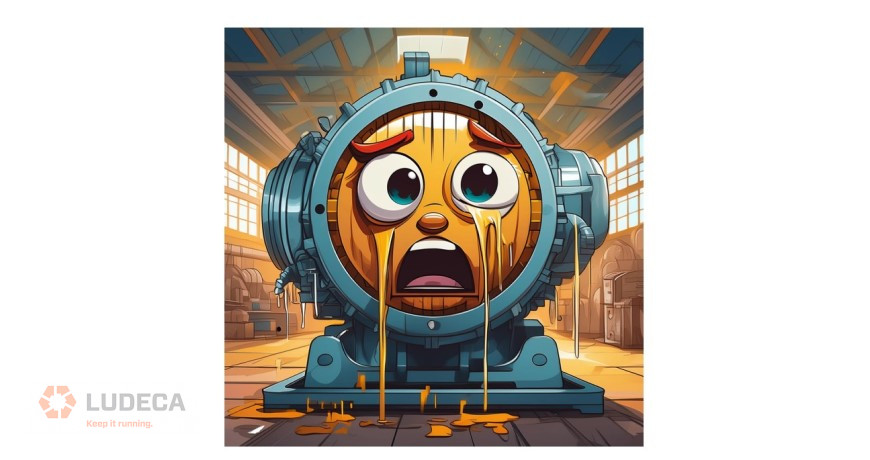
When we talk about industrial machinery, precision alignment plays a pivotal role in ensuring optimal performance and long life. Misalignment between rotating machines can lead to various symptoms that, if left unaddressed, can bring out significant operational issues. Whether we’re talking about pump and motor skids, turbines and compressors, or engines and generators, the impact of misalignment can be costly and interrupt your everyday operations. Below, we explore five common consequences and their symptoms of not performing precision alignment, and understanding the harmful effects they can have across different industrial facilities.
- Vibration: This is easily one of the most noticeable symptoms of misalignment in rotating machines. When shaft centerlines are not properly aligned, this creates uneven forces during operation, leading to vibration throughout the system. This vibration not only compromises the smooth operation of the machine but can also result in faster wear and tear on components. For example, in a centrifugal pump, misalignment between the motor and pump shafts can cause vibration, leading to premature failure of bearings and seals.
- Increased Noise Levels: Misalignment can also show up as increased noise levels in rotating machinery. When components rub against each other due to misalignment, it creates noise that is often louder and more pronounced than usual. This noise can range from a low hum to a loud clank, depending on the severity of the misalignment and the speed of the machine. For example, in a turbine-compressor system, misalignment between the turbine and compressor shafts can produce a distinct whining or grinding noise, indicating potential misalignment issues that need to be addressed quickly.
- Heat Generation: Another symptom is the generation of excess heat during operation. When components are not properly aligned, friction and heat are generated as they rub against each other. This heat buildup not only reduces the efficiency of the machines but can also lead to greater thermal expansion, exacerbating the misalignment issues. This excess heat can also have deleterious effects on the grease in the machine bearings, breaking down its properties. In an engine-generator set, misalignment between the engine and generator shafts can result in overheating, potentially causing damage to critical components such as bearings, flywheels and crankshafts.
- Premature Wear and Tear: Misalignment accelerates the wear and tear of rotating machine components, significantly reducing their operating life. When shafts are misaligned, it increases stress on couplings, bearings, and other components. Over time, this can lead to premature fatigue and failure, requiring costly repairs or replacements. For instance, in a gearbox-driven conveyor system, misalignment between the gearbox and conveyor shafts can cause accelerated wear on gears and bearings, leading to unexpected downtime and extra maintenance expenses, not to mention loss of production.
- Reduced Efficiency: Possibly the biggest symptom of misalignment is reduced efficiency. Misalignment hampers the smooth operation of machinery, resulting in increased energy consumption and decreased performance. Inefficient operation not only leads to higher operating costs but also impacts productivity and operating capacity. For example, in a centrifugal compressor system, misalignment between the compressor and driver shafts can reduce the efficiency of the compressor, resulting in lower output of compressed air, or other gases, impacting production efficiency down the line.
In conclusion, the alignment of rotating machines to precision tolerances is crucial for maintaining optimal performance and reliability across all industrial sectors. By being proactive and addressing misalignment, maintenance departments can reduce the negative effects of the symptoms discussed here. Laser alignment technology such as Easy-Laser’s XT770 offers a precise and user-friendly solution for achieving and maintaining alignment of rotating machinery. With laser alignment tools, industrial facilities can optimize asset performance, minimize downtime, and reduce maintenance costs in the long run. Investing in precision alignment is not only a best practice; it should be a priority for ensuring the continued success and effectiveness of industrial operations in today’s cost-conscious market.
Watch our Shaft Alignment Know-How: What’s Misalignment video and learn the causes and effects of having misalignment in your rotating equipment.
Filed under:
Alignment by Adam Stredel CRL
